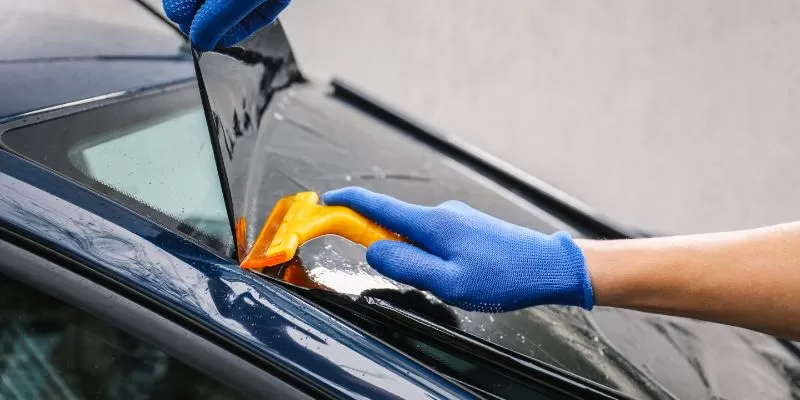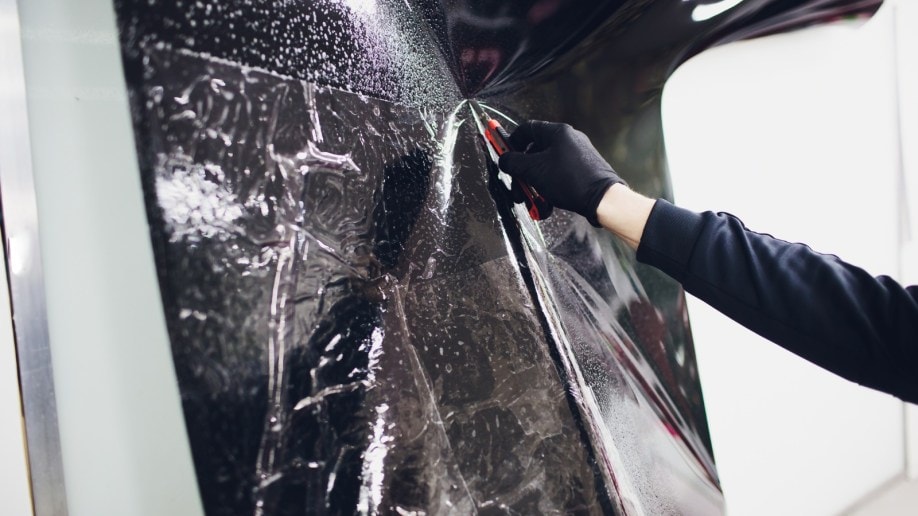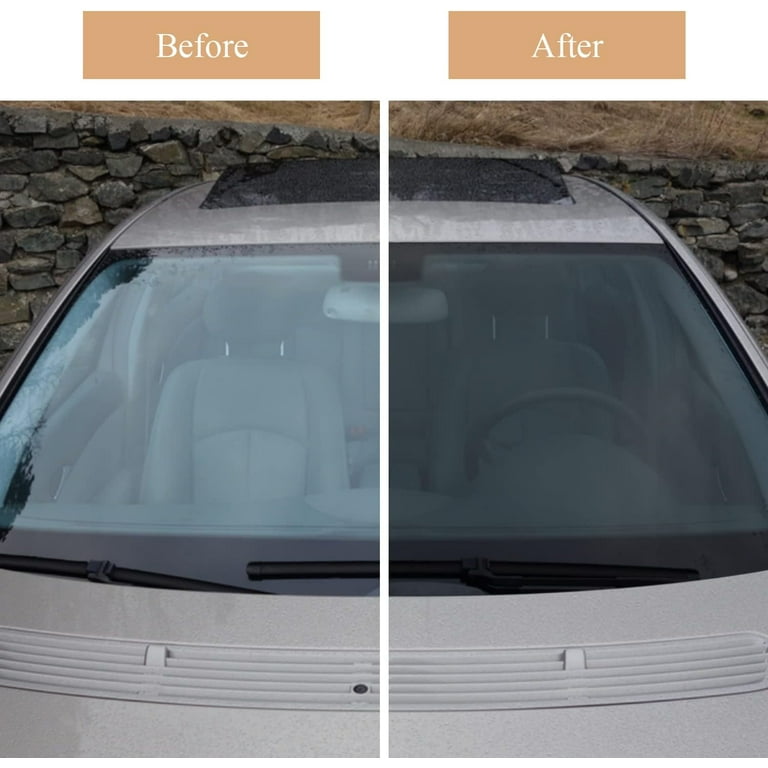How Vehicle Window Tinting Safeguards Your Vehicle's Inside
How Vehicle Window Tinting Safeguards Your Vehicle's Inside
Blog Article
Home Window Tinting Laws and Guidelines: What You Required to Know Before Tinting Your Auto
Before proceeding with home window tinting for your lorry, it is essential to acquaint yourself with the diverse laws and guidelines that control this method throughout various states. These policies determine the allowable degrees of color darkness, frequently gauged by visible light transmission (VLT) portions, and consist of specific stipulations for front windshields aimed at making certain road security.
Introduction of Home Window Tinting Regulations
Window tinting legislations are often subject to variation throughout various jurisdictions, mirroring neighborhood guidelines and security considerations. These laws dictate the permitted degrees of color darkness and reflectiveness on automobile home windows, ensuring that chauffeurs keep adequate presence while likewise securing versus unsafe UV rays and warmth.
The majority of laws identify window tinting based upon the Visible Light Transmission (VLT) percent, which indicates the quantity of light that can travel through the home window. Generally, lower VLT percentages indicate darker tints. Laws commonly distinguish in between the front, side, and rear home windows, with stricter restrictions used to the front windshield to boost security for both the driver and various other roadway customers.
Conformity with window tinting guidelines is crucial, as offenses can result in penalties, mandatory removal of the color, and potential rises in insurance coverage premiums. It is important for automobile owners to acquaint themselves with local legislations before proceeding with home window tinting setups.
State-by-State Color Regulations
Comprehending the certain window tinting regulations in each state is crucial for car owners looking for to follow the regulation. Each state in the united state has actually established its own set of policies controling window tinting, which can differ significantly. These policies typically determine the permitted degrees of color darkness, the types of windows that can be tinted, and any type of medical exceptions that may apply.
For circumstances, states like California have rigid constraints on tint darkness for front windows, while others, such as New Mexico, might permit darker colors. Furthermore, particular states mandate specific exposure percents for various windows, including the windshield, front side home windows, and rear windows. It is critical for auto owners to familiarize themselves with their state's legislations to stay clear of potential fines or penalties.
Moreover, some states may need an accreditation sticker to be placed on tinted home windows, showing conformity with state legislations. Failing to stick to these policies not only takes the chance of lawful consequences yet can also impact safety and visibility while driving. As a result, car proprietors should carry out comprehensive research study or get in touch with neighborhood authorities to ensure complete understanding and conformity with state-by-state color regulations.
Allowed Color Levels and Types
Numerous car proprietors might be amazed to find out that permitted tint degrees and kinds vary extensively across various states. Each state has actually established its very own laws relating to the permissible darkness and reflectivity of window color, often determined by Visible Light Transmission (VLT) find out here percents. VLT describes the amount of light that can travel through the tinted home windows; therefore, a reduced percent suggests a darker color.

Additionally, the sorts of tint materials enabled can differ, with some states banning metallic or mirror-like coatings. It is necessary for lorry proprietors to acquaint themselves with their state's particular legislations to ensure compliance. Non-compliance can lead to fines, necessary elimination of the color, or other lawful repercussions, making it essential to comprehend these policies before waging installation.
Medical Exceptions for Tinting
While not all states supply allowances for medical exemptions regarding home window tinting, those that do recognize the requirement for particular people to improve exposure and convenience as a result of clinical conditions. Various clinical conditions, such as lupus, skin cancer cells, and particular eye problems, can provide people especially conscious sunlight. These individuals may need darker tints to secure themselves from hazardous UV rays and glow.

It is crucial to keep in mind that despite a clinical exception, there may still be constraints on the level of color enabled. Compliance with state regulations makes certain that individuals are both safeguarded and within legal limits. Those considering clinical exemptions need to call their local Department of Motor Cars or equal authority to recognize the requirements and procedures necessary to request an exemption effectively.
Penalties for Non-Compliance
Falling short to follow window tinting legislations can lead to substantial fines, which differ by state. Police are empowered to release citations for cars that do not abide by the defined tinting guidelines. These fines generally consist of penalties, which can range from small quantities to numerous hundred dollars, depending upon the severity of the violation and the state in concern.
In some jurisdictions, repeated offenses might result in escalating penalties or additional penalties, such as mandatory court appearances. Furthermore, non-compliance might necessitate the removal of prohibited tinting, frequently at the owner's cost. In extreme instances, regular offenders may encounter suspension of their vehicle enrollment up until compliance is achieved.
In addition, insurance effects might occur from receiving several citations for window tint violations. Insurers might see such offenses as an indicator of riskier habits, possibly leading to raised costs or difficulty in insurance coverage.
To prevent these charges, it is important for vehicle owners to familiarize themselves with their local home window tinting legislations and make sure that their vehicle complies (Window Tinting). This positive method not just prevents lawful implications yet also advertises roadway security
Final Thought

Most guidelines classify home window tinting based on the Visible Light Transmission (VLT) percentage, which suggests the quantity of light that can pass with the window. Compliance with home window tinting guidelines is crucial, as infractions can result in penalties, mandatory elimination of the tint, and potential boosts in insurance costs.Comprehending the details window tinting laws in each state is crucial for automobile proprietors seeking to conform with the law. These laws commonly determine the permitted levels of tint darkness, the kinds of home Continued windows that can be tinted, and any kind of medical exceptions that may use.
For instance, states like California have stringent constraints on tint darkness for front home windows, while others, such as New Mexico, might permit darker colors.
Report this page